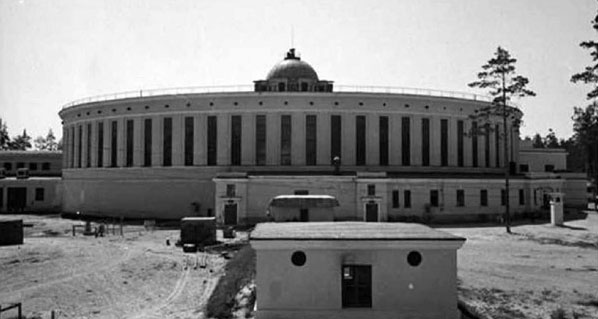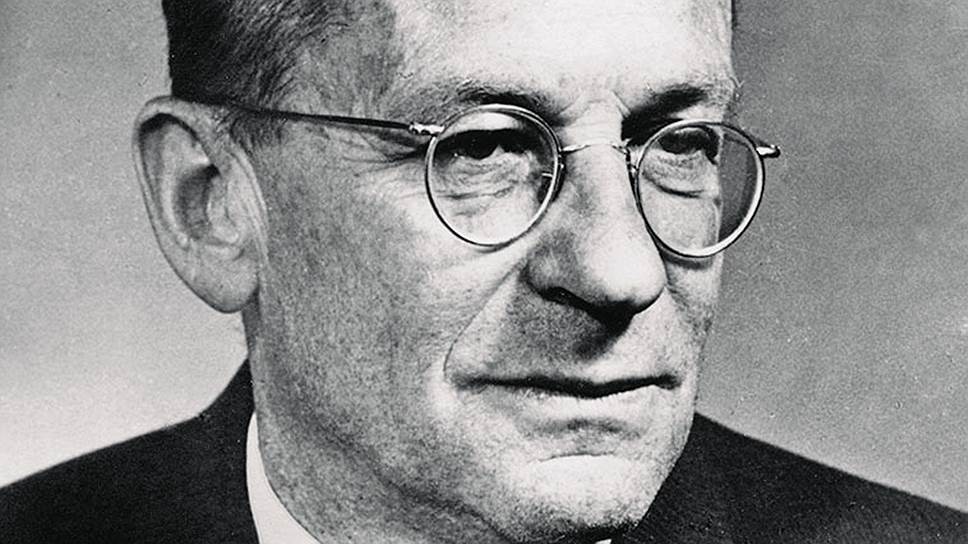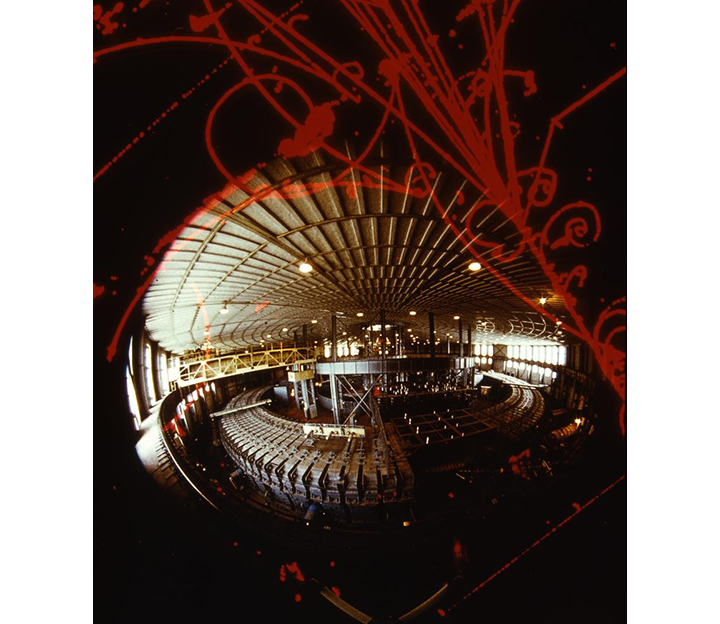Remembering founding fathers: the 115th anniversary of the birth of
V. I. Veksler
News, 04 March 2022
On 4 March, the 115th anniversary of the birth of Vladimir Iosifovich Veksler (1907–1966) is celebrated. He was a prominent experimental physicist, one of the JINR founding fathers, the first Director of JINR Laboratory of High Energies, and academician. He was also one of the founders of accelerator technology in the USSR and creator of the legendary JINR Synchrophasotron (10 GeV).
Vladimir Veksler was born in Zhitomir, Ukraine. He graduated from the National Research University “Moscow Power Engineering Institute“. Since 1930, he had been developing methods of X-ray registration at the All-Russian Research Institute of Technical Physics. Then he worked at the Laboratory of Cosmic Rays of the Lebedev Physical Institute of the USSR Academy of Sciences (LPI RAS).
Veksler discovered the phenomenon of electron-nuclear showers while being on business trips in harsh conditions of the Pamir Mountains and Mount Elbrus. Electron-nuclear showers are flows of electrons and hadrons formed when a high-energy hadron or lepton enters the atmosphere from space and interacts with nuclei of the gas atoms that make up the air.
After defending his PhD thesis in 1937, Vladimir Veksler entered a PhD programme of LPI. In 1940, he defended his doctoral thesis and continued working at LPI, including as the Deputy Director.
With the beginning of the Great Patriotic War, Veksler, like other scientists, switched his focus on the construction and improvement of radio equipment for the needs of the front.
However in February-March 1944, he received a scientific result that was not only the main in his career but also crucial for the future of all accelerator technology field. At this time, Veksler invented the microtron and discovered the phase stability principle. Veksler with the participation of E. L. Feinberg justified this principle theoretically. Then he confirmed it experimentally. In the USA after a year and a half, Edwin McMillan rediscovered the phase stability principle of accelerator technology. It was the principle that became the basis for the operation of high-energy cyclic accelerators. It allowed putting into use phasotrons, synchrotrons, synchrophasotrons later on.
 JINR Synchrophasotron building
JINR Synchrophasotron building
Thanks to this achievement, V. I. Veksler was repeatedly nominated for the Nobel Prize, but he did not receive it.
In 1947, the first Soviet synchrotron C-3 was constructed led by Veksler. It demonstrated stable operation at the first power-up. Two weeks later, it reached the design parameters of 30 MeV.
In 1949, Veksler participated in the preparation for the launch of the first Soviet proton accelerator which operates based on the phase stability principle in the Hydroengineering Laboratory (in 1956 it was changed to the Laboratory of Nuclear Problems JINR).
In 1956, the scientist headed the Laboratory of High Energy Physics JINR. V. I. Veksler became the research advisor of the project dedicated to the creation of the Synchrophasotron. It was a proton accelerator for 10 GeV, which was launched in March 1957. The Dubna Synchrophasotron remained the largest in the world for three and a half years after the launch.
Veksler became a co-author of another major scientific achievement of JINR. That is the discovery of the antisigma-minus hyperon at the Synchrophasotron by a team of prominent scientists in 1960.
V. I. Veksler studied the processes of strange particles birth caused by π-mesons. He proposed the principle of coherent particle acceleration. In 1956-1957, he laid the foundation of collective methods of particle acceleration. Veksler was one of the pioneers of the method of plasma acceleration. He created his own scientific school in the fields of accelerator physics and became a Laureate of the Lenin Prize and the Stalin Prize. Veksler received the Atoms for Peace Award of the American committee. In 1963-1966, he was an Academician-Secretary of the Department of Nuclear Physics of the USSR Academy of Sciences.
On 20 September 1966, Vladimir Veksler suddenly passed away in the 59th year of life.
Those people who knew Vladimir Iosifovich remember him as energetic, active and tireless. He always seemed younger than he was. Contemporaries also noted his constant soulfulness and warmth towards everybody.
Streets of Dubna, Zhitomir, Odessa, and CERN bear the name of Veksler, as well as the Veksler and Baldin Laboratory of High Energy Physics. The Russian Academy of Sciences established the V. I. Veksler Prize. It is awarded for outstanding work in the fields of accelerator physics.

